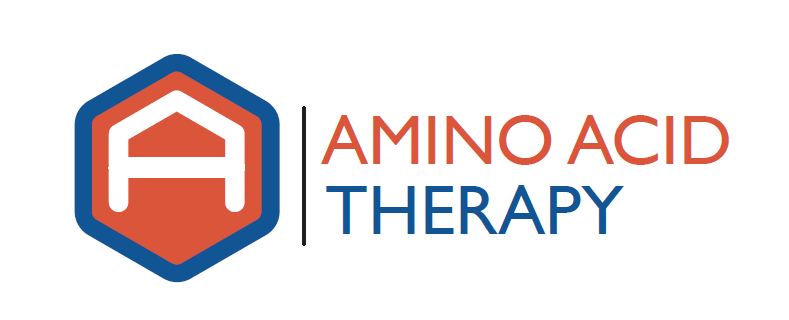 Achieving proper neurotransmitter function using amino acid therapy is about pushing the right buttons. Nowhere is this more important (or confusing) than when a person is suffering from multiple conditions related to neurotransmitter imbalance.
Achieving proper neurotransmitter function using amino acid therapy is about pushing the right buttons. Nowhere is this more important (or confusing) than when a person is suffering from multiple conditions related to neurotransmitter imbalance.
For example, let’s say a person comes in with a diagnosis of depression, fibromyalgia, severe panic attacks and new onset Crohn’s disease. Their medical team has prescribed the following medications: (1) Lexapro (a selective serotonin reuptake inhibitor) for depression; (2) Lyrica (an alpha 2-delta agonist) for FMS; (3) Xanax (a minor tranquilizer) for the panic attacks; and (4) azulfadine for the Crohn’s disease.
Properly addressing the underlying cause for all of these conditions involves establishing and optimizing serotonin and dopamine levels. The Organic Cation Transporters (OCT) which move serotonin and dopamine in and out of the cells are encoded to achieve the neurotransmitter levels required for resolution of disease symptoms if they are given the chance (i.e., assuming they are provided the right level and balance of serotonin and dopamine levels at the transport entrance).
This person has a nasty set of disorders. The mortality rate of new onset Crohn’s disease is 5.5% as reported in the literature. This 5.5% mortality rate is present in the face of a full court press with drugs and surgery. Next, there is a risk of suicide with SSRIs. The literature is clear that this is due to further depletion of already depleted neurotransmitters secondary to conditions created by the medications. Xanax and other minor tranquilizers primarily affect the GABA system and are addicting. When serotonin and dopamine are properly optimized the GABA system almost always regulates itself eliminating the need for GABA medications and/or related nutrients.
Push the Right Button
The only way to help this person achieve optimal functioning is to start the person on the amino acids needed and use OCT Assay testing to guide recommendations. The OCT transporters are encoded with the information needed to optimize neurotransmitter function – we just have to give them what they need to do their jobs. When we do so, we have pushed the right button and addressed the real problem at the heart of all these conditions – unbalanced and/or inadequate levels of the centrally acting monoamines (serotonin, dopamine, norepinephrine and epinephrine) that are dysfunctional to the point that the transporters can no longer do their job and establish the needed neurotransmitter levels.
In addition, by addressing the underlying neurotransmitter imbalance(s), we have just eliminated the mortality risk associated with new onset Crohn’s disease, the suicide risk associated with SSRI use and the addiction risk associated with minor tranquilizers. Push the right buttons and the body will respond.

